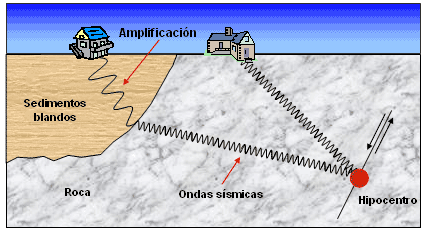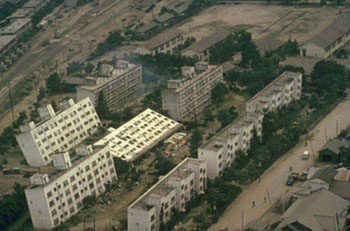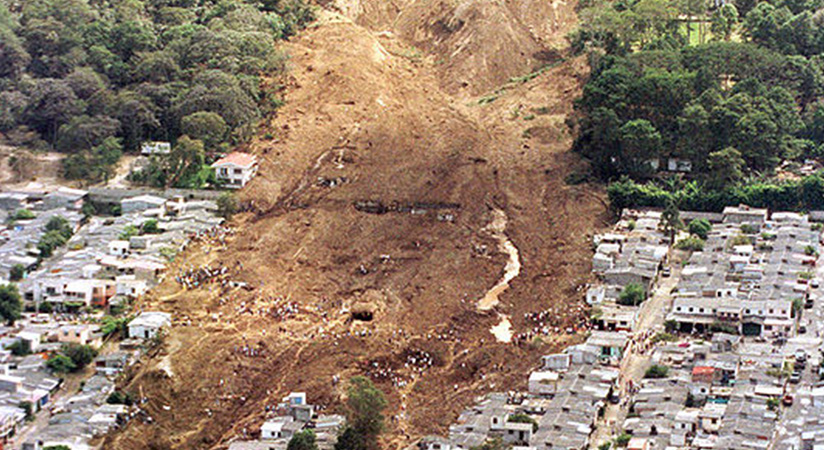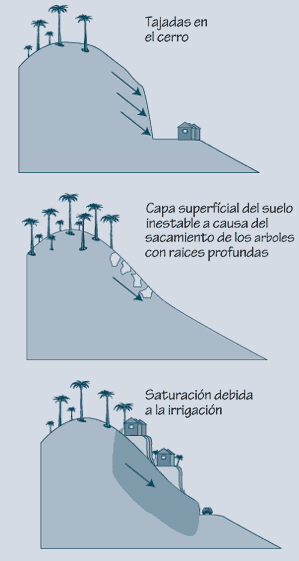No Warning, Advisory or Watch is in effect for Puerto Rico and the Virgin Islands.

No Warning, Advisory or Watch is in effect for Puerto Rico and the Virgin Islands.

Earthquakes can cost lives, cause massive destruction and large economic loss where they occur. Some side effects caused by earthquakes include: amplification, soil liquefaction, landslides and tsunamis.
Amplification occurs when the seismic waves travel through a solid surface (sandy area or infill) where they can travel through easily, amplifying and making the earthquake feel much stronger than in other ears, possibly even causing the building to collapse.

This effect is more notable in level ground that is below the sea level or swampy. When earthquakes occur in these areas, the subterranean water level rises causing buildings to sink or collapse due to a softer soil. To know if an area has a high liquefaction potential, the relation between the intensity of the terrain movement and the penetration resistance of the soil is used.

Landslides can happen as a consequence of an earthquake, due to the instability that they cause on the soil. A landslide by definition refers to the sudden movement of terrestrial material in descent. The types of landslides include falling rocks and erosion. The places most susceptible to landslides are:
Landslides caused by earthquakes can cause massive losses. An example of this is during the El Salvador January 13, 2001 earthquake with a 7.7 magnitude. This earthquake caused a 150 thousand cubic meters of land to slide off the Balsam Mountain Range, burying over 200 homes.


Tsunamis for the most part, are caused by earthquakes and can affect most of the coastal municipalities in Puerto Rico. These are generated when an earthquake is originated in a fault that is below the sea. This causes a rupture in the seabed, creating large waves that flood inward land near the coast. An earthquake that produces a tsunami is known as a tsunami-genic earthquake. Other sources that cause tsunamis are: volcanic eruptions, submarine landslides, meteor impacts or any other seabed disturbance.
For more information about tsunamis check out our Tsunami Educational Portal